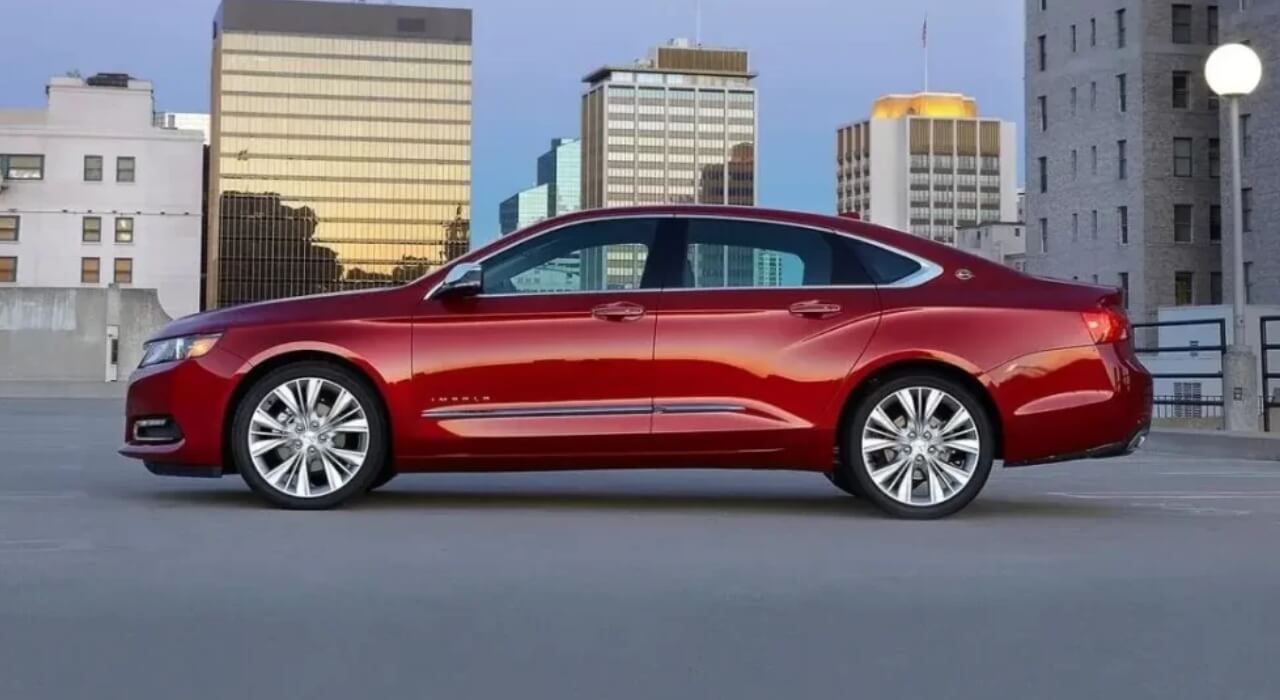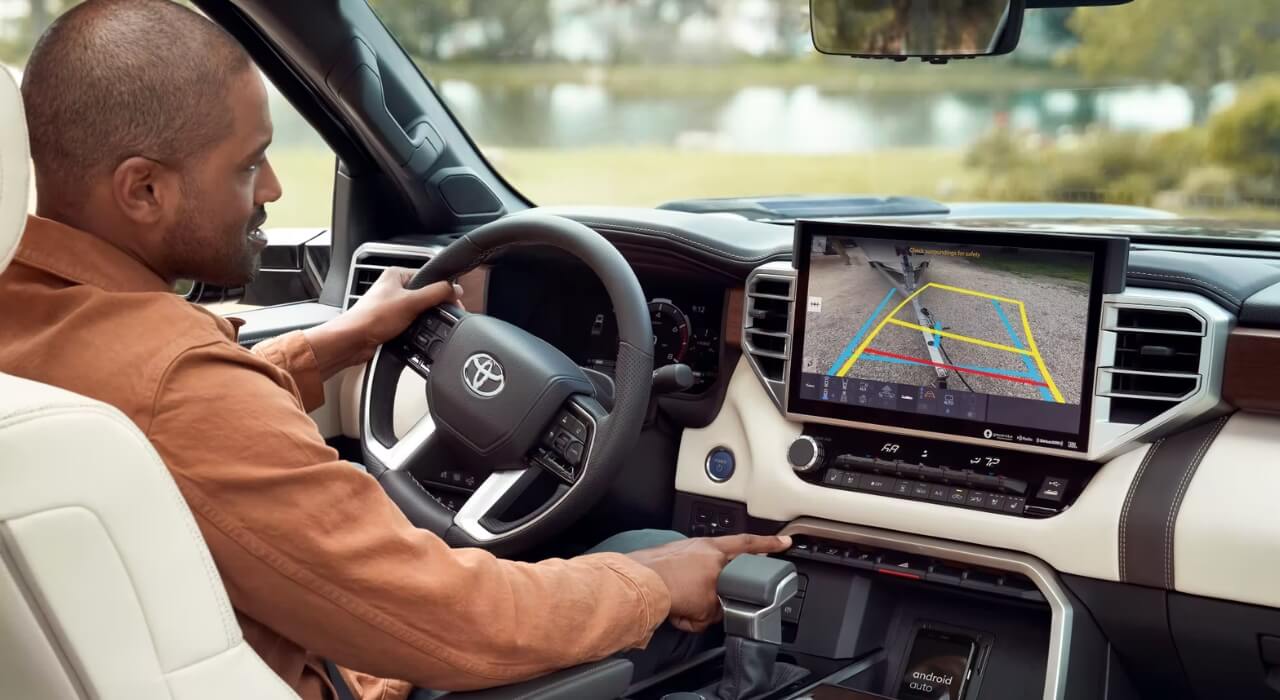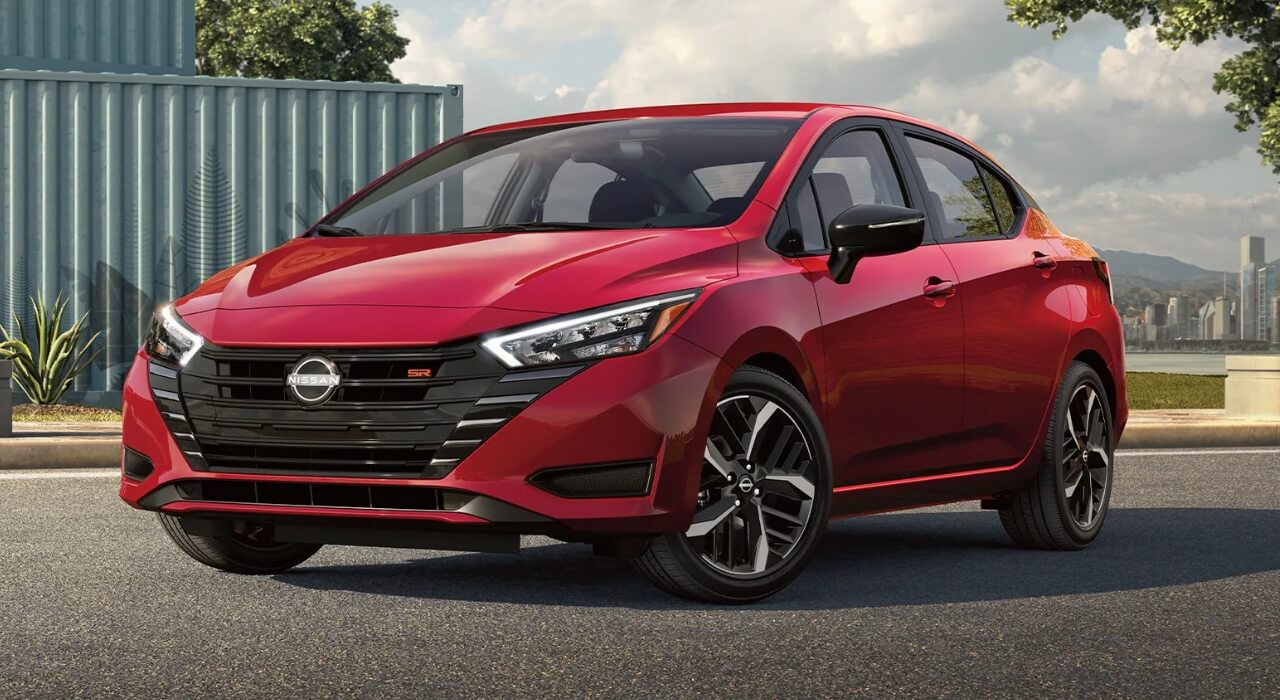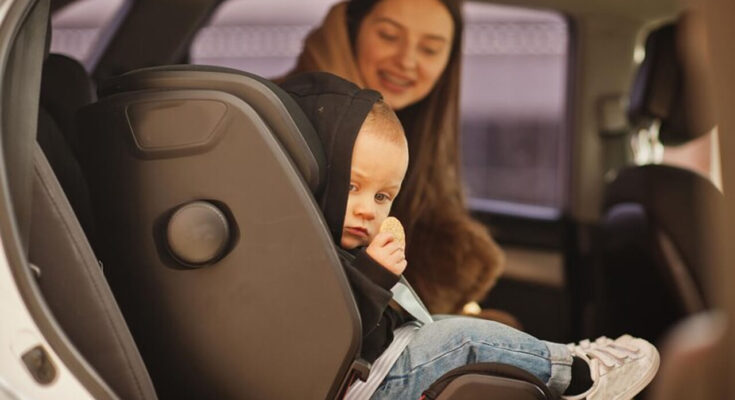Car safety is paramount, especially when it comes to our youngest passengers. Every year, thousands of children are injured or killed in car accidents, many of which could have been prevented with proper safety measures in place.
Ensuring child safety in cars requires a multifaceted approach from choosing the right car seat to transitioning to booster seats and more.
Choosing the Right Car Seat
The journey to ensuring your child’s safety in the car begins with selecting the appropriate car seat. There are several types of car seats available, each designed to accommodate children of different ages and sizes.
For infants and young toddlers, a rear-facing car seat is essential. This type of seat offers the best protection for a baby’s fragile neck and spine in the event of a crash. As your child grows, you’ll need to transition to a forward-facing car seat and eventually to a booster seat.
When choosing a car seat, it’s crucial to consider your child’s age, weight, and height to ensure a proper fit. As a preventative safety measure, a car accident lawyer in Louisville recommends opting for a carseat that meets or exceeds safety standards set by regulatory agencies.
Proper Car Seat Installation
Once you’ve selected the right car seat for your child, proper installation is paramount. A poorly installed car seat can compromise your child’s safety in the event of a crash, so it’s essential to follow the manufacturer’s instructions and guidelines carefully.
Suggestion: Best Cars for Uber Drivers in the USA (Rideshare With Comfort & Efficiency)
Begin by reading the instruction manual thoroughly and familiarizing yourself with the installation process. Use the seatbelt or LATCH system (Lower Anchors and Tethers for Children) to secure the car seat tightly to the vehicle’s seat.
Ensure that the car seat is installed at the correct angle and that there is minimal to no movement when tested at the base. Double-check that the harness straps are snug and positioned at or below your child’s shoulders for optimal safety.
Use of Seatbelts or Harnesses
In addition to using the appropriate car seat, it’s essential to ensure that your child is properly secured with seatbelts or harnesses. For infants and toddlers, the harness on the car seat provides essential protection by keeping them securely restrained during a crash.
Make sure the harness straps are adjusted to fit snugly against your child’s body without being too tight or restrictive. The chest clip should be positioned at armpit level to keep the harness straps in place.
As your child grows and transitions to a forward-facing car seat, continue to use the harness system provided by the car seat for maximum safety. Once your child outgrows the harness, it’s time to move on to a booster seat.
Rear-Facing vs. Forward-Facing Seats
The debate between rear-facing and forward-facing car seats often arises among parents, but the evidence overwhelmingly supports the use of rear-facing seats for infants and young toddlers. Rear-facing seats provide superior protection for a child’s head, neck, and spine in the event of a crash, as they distribute the force of impact more evenly across the child’s body.
Also Check: 7 Most Comfortable Car Seats For Long Trips
It’s recommended to keep your child in a rear-facing car seat for as long as possible, ideally until they reach the maximum weight or height limit specified by the car seat manufacturer. Only transition to a forward-facing seat when your child has outgrown the rear-facing seat’s limits.
Transitioning to Booster Seats
As your child grows older and larger, they will eventually outgrow their forward-facing car seat and be ready to transition to a booster seat. Booster seats are designed to position the seatbelt properly across a child’s body, reducing the risk of injury in the event of a crash.
When transitioning to a booster seat, choose one that provides proper belt fit for your child’s size and height. Ensure that the seatbelt lies snugly across your child’s lap and shoulder, avoiding any gaps or slack that could compromise their safety.
It’s important to note that children should continue to use a booster seat until they are tall enough for the seatbelt to fit them properly without the need for additional support. This typically occurs when a child reaches a height of around 4 feet 9 inches or is between 8 and 12 years old.
Overall, prioritizing child safety in cars is non-negotiable for any parent or caregiver. By choosing the right car seat, installing it correctly, using seatbelts or harnesses, and transitioning to booster seats at the appropriate time, you can help ensure that your little ones stay safe and secure on every car journey.



















